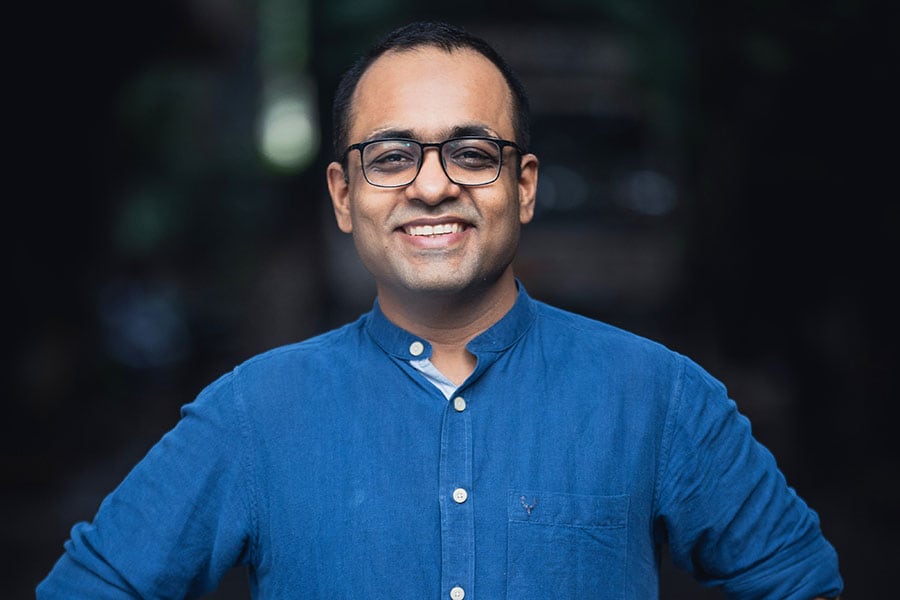
Shashank Mehta on removing Instagram from the marketing mix of The Whole Truth
Instagram's algorithm changes and focus on Reels have prompted the brand to take a step back to find the right marketing mix. Here's the whole truth from the founder
 Shashank Mehta, founder and CEO of The Whole Truth, talks about the risks involved with removing Instagram from the marketing mix.
Shashank Mehta, founder and CEO of The Whole Truth, talks about the risks involved with removing Instagram from the marketing mix.
Former Unilever marketing executive Shashank Mehta founded The Whole Truth in 2019 to offer healthier alternatives to packaged foods. Mehta has been changing the way food products are marketed and advertised too. Keeping content at the core of The Whole Truth’s marketing strategy, Mehta appears in all of the brand's commercials. He tells Storyboard18 that no one else can speak about his brand mission with more conviction than him.
Recently, The Whole Truth roped in comedian Rohan Joshi to create a series of videos. In the “educational mini-series”, Joshi plays the role of ‘Healthy Food’ and Mehta plays ‘The Whole Truth’, and they go on to have a conversation that highlights the “hidden chemicals” in packaged foods. In another episode, we see the many ways food is made to look irresistible in ads. For instance, the milk in the cereal bowl is actually glue and the golden honey drizzled on pancakes in ads and product photos are engine oil.
In a previous interview, Mehta had told Storyboard18 that when he creates and also features in the content for his brand, he thinks “consumers can feel the honesty.” They see through paid endorsements like influencer or celebrity-laden ads, which are often forced, Mehta believes.
Keeping with the brand's philosophy of always speaking the truth and nothing but the truth, Mehta took to social media this week to announce that the brand will be taking a break from Instagram.







